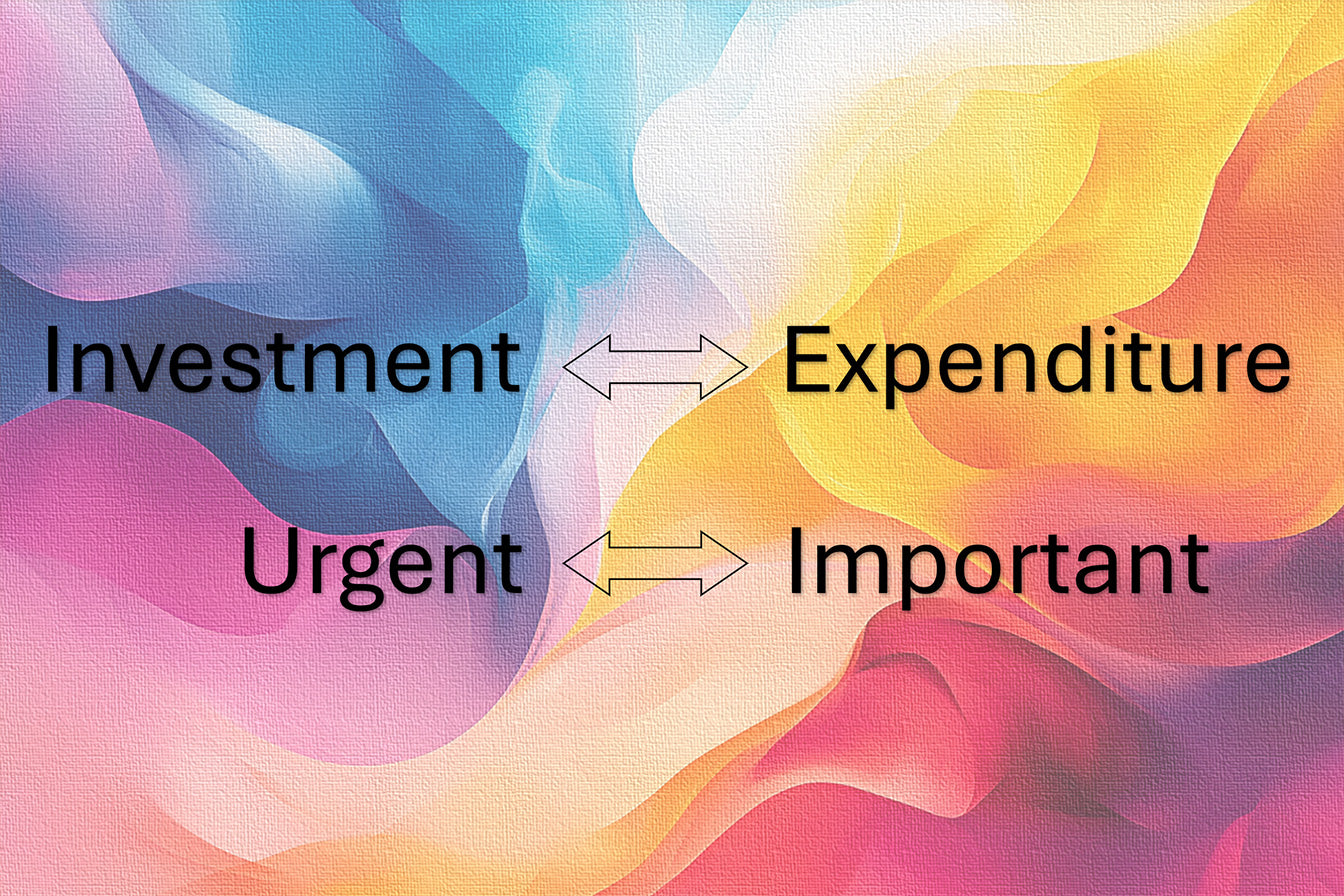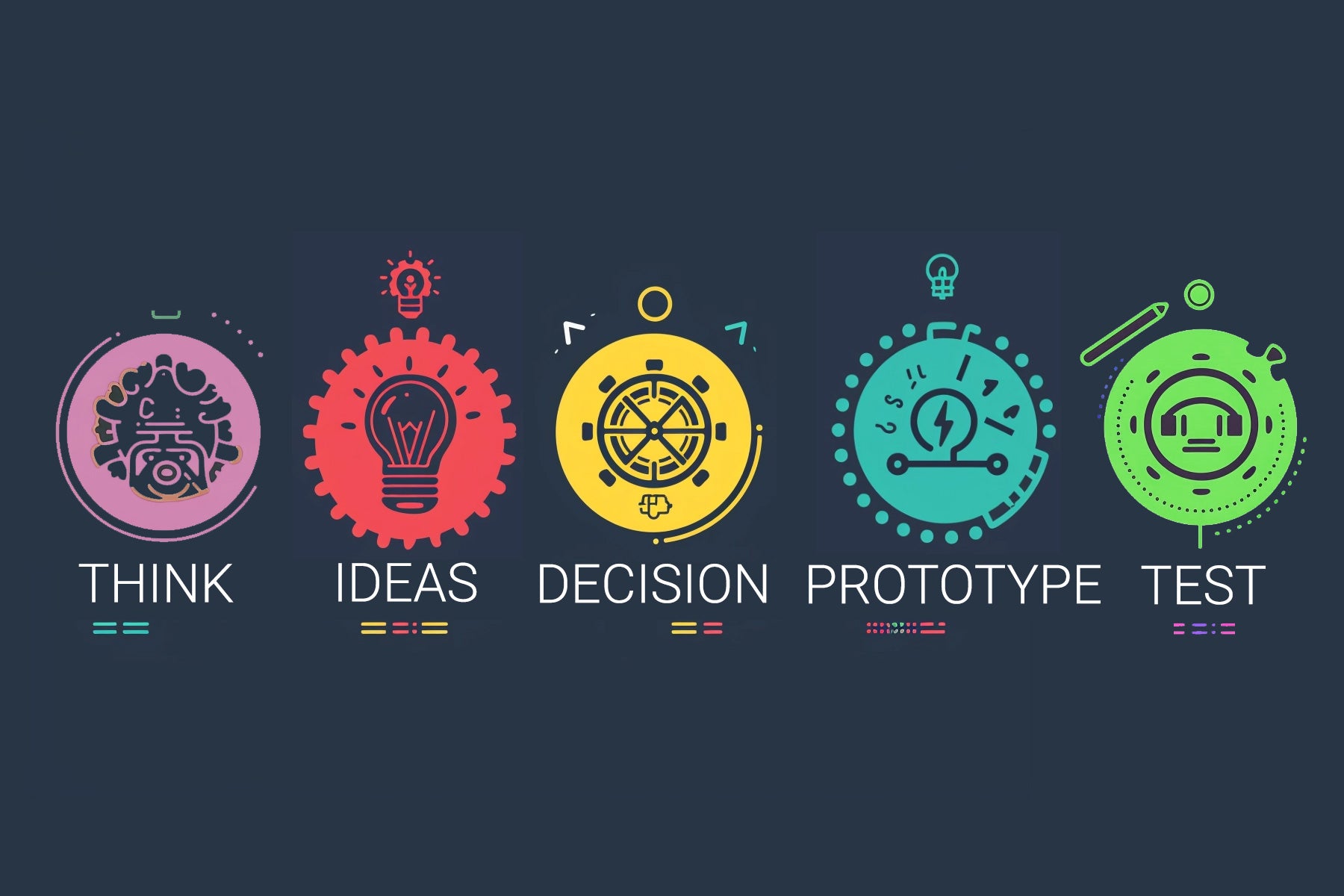Purpose
Strategic planning exercises help to re-energise your team and set them on the path of growth. It can inspire teams in any business, boost energy and moral and give a sense of direction to where the business wants to go.
Entrepreneur often set ambitious goals but achieving them can be challenging. Evaluating progress and planning for the coming years is essential. Effective execution relies on strategic planning, aligning teams to shared objectives, and making clear decisions.
Regularly asking profound questions and setting company goals is crucial for meaningful progress and avoiding a state of uncertainty. This is were conducting a strategic planning course can really help to bring ideas forth.
If you are new to conducting strategic planning workshops, you might be wondering how to organise one effectively. You may want to know what activities you need to include to make the course impactful. In addition to our strategic planning training materials, you can also use a set of powerful exercises shown here to enhance your courses.
Exercise 1: Focus on a Strong Competitor
This is a fun activity that is particularly useful to get people started on the topic and discussions. It is a good warm-up activity.
Get the team to pick a strong competitor in the industry, an “arch-rival”. Get participants to suggest a way to disrupt their business. The rules are that the suggestions must be legal and ethical, so that such suggestions can inspire the team and be useful. As a trainer, you must keep an eye, so discussions don’t get out of hand, become a hateful attack on some individuals, or just outright silly. A bit of humour is good but keep it under control.
By getting people think of a strong competitor, you can lighten the mood while making everyone excited. This exercise fosters a relaxed and collaborative atmosphere, encouraging contributions and breaking down barriers.
Exercise 2: If You Were in Charge
With this exercise you want to encourage open and unique perspectives. Get each person to answer the same question: “If you were in charge of the business for a day, what would you change?”
Note down the suggestions on a whiteboard or flipchart. After everyone has contributed, look for patterns or popular suggestions. Repeatedly addressing a common problem and suggesting different ways to address them can also help you identify business areas that need improving, irrespective of the solutions suggested. So the management will always get something out of this exercise.
By removing personal ties to current roles, you want the participants to adopt a strategic mindset, contributing at a senior level. This exercise enriches your strategic planning workshop, providing valuable insights into necessary changes and fostering a collaborative atmosphere.
Exercise 3: Look Back from the Future
For this exercise get the participants to imagine we are having a conversation three years from now, reflecting on the past three years of this business. What achievements and milestones would make us genuinely happy with our progress?
Get them to share their vision for the future and the specific accomplishments that would signify success. Get them to independently think of this and then share it with the class, followed by discussions.
This exercise allows the team to set ambitious yet achievable goals and create a roadmap for the journey towards a prosperous business in the future.
Exercise 4: Add to the Current Range
Get everyone to think about the range of products or services provided. Next get them to choose ONE product or service they would add to the current range. Allocate time so they can think of this independently. Get them to write down a few paragraphs to capture their ideas.
Bring back everyone together and ask each person to present their idea about the product or service. Note these ideas on a whiteboard.
Next, revisit each idea and get everyone to discuss it, offering more suggestions, variations and how they relate to other suggested ideas. Make you record these discussions for future consideration.
This exercise uncovers missing services or products and offers a fresh perspective on potential range extenders and innovations for business growth. Embrace bold ideas and give room to grow as they have the potential to become the next business adventure for the company.
Exercise 5: The Hedgehog Concept
The Hedgehog Concept is a powerful strategic framework introduced by Jim Collins in his book “Good to Great.” Collins and his research team conducted a five-year study to identify the factors that distinguish companies that achieved sustained greatness from those that merely remained good or mediocre.
The concept is inspired by a famous fable of the hedgehog and the fox, where the fox uses multiple strategies to catch the hedgehog, but the hedgehog has one simple yet effective defence: rolling up into a spiky ball. The fox's complexity is no match for the hedgehog's single, focused approach.
The Hedgehog Concept consists of three key questions that guide organisations toward sustained greatness:
1. What Are We Deeply Passionate About?
The first question focuses on identifying the core passions and values that drive the organisation’s mission. It requires delving into what genuinely excites and motivates the company's people and aligning those passions with its purpose.
2. What Can We Be the Best At?
The second question centres on understanding the unique capabilities, strengths, and expertise that set the organisation apart from its competitors. It calls for an honest assessment of the areas in which the company can excel and truly be the best.
3. What Drives Our Economic or Resource Engine?
The third question examines the economic engine or the key factors that drive the organisation's profitability and resource generation. It involves understanding the fundamental drivers of financial success and ensuring they align with the organisation's core competencies and passions.
The Hedgehog Concept emerges at the intersection of the answers to these three questions. It represents the central focus of the organisation, where its passions, strengths, and economic engine come together to create a clear and compelling direction. The concept emphasises the simplicity of focusing on what an organisation can do exceptionally well and consistently, rather than chasing various opportunities that may dilute its efforts.
According to Collins’ research, the great companies identified in the study consistently applied the Hedgehog Concept to their decision-making and strategies. They found their unique focus, stayed committed to it over the long term, and resisted the temptation to stray from it, even during challenging times.
For a strategic planning course, run this as an exercise by getting delegates to focus on each area. Individually, get them to spend a few minutes to reflect on the following.
Step 1: Identify Core Interests
What truly excites and motivates you within your work. Write down your deepest passions and areas that bring you immense joy and fulfilment.
Step 2: Identify the Strengths
Next, consider the unique strengths and skills that set the company from others. Write down what you believe your team or organisation can be the absolute best at, something that fuels your pride and confidence.
Step 3: Uncover the Economic Engine
Now, explore the economic or resource aspects that drive your business or organisation. Identify the key factors that contribute to financial success or resource abundance.
Step 4: Find the Intersection
Gather as a group and share your responses from Steps 1 to 3. Look for the points of intersection between your passions, strengths, and economic engine. These points represent your Hedgehog Focus, the sweet spot where you can excel and achieve unparalleled success.
Step 5: Define Your Hedgehog Concept and Develop a Vision
Collaboratively craft your Hedgehog Concept statement based on the intersections found in Step 4. This concise statement captures the core essence of your focus, empowering your team with clarity and direction for future decision-making and goal setting.
Exercise 6: Collect Solutions Without Judging
Focus on a single topic or challenge facing the business. Write it down on a whiteboard. Give all delegates five minutes to freely call out solutions to the problem. Do not filter or judge any solutions. Every idea is captured. Once the five minutes are up, go through each solution one by one and encourage a discussion to explore them.
This exercise creates a safe and open space for innovation, encouraging people to contribute without fear of criticism. It is a perfect opportunity for fresh ideas to flourish and for the team to collaborate creatively on tackling the challenge at hand.
Exercise 7: Stop Doing List
Ask participants to think of what should be avoided in business. Give them blank cards or sticky notes so they can write down their ideas. Each card or sticky note should capture one core idea. Allocate some time so they can think individually.
Get them to consider the following:
- What are unproductive thoughts, beliefs, habits, customer pursuits and hiring practices that should be discarded or changed?
- What initiatives should be stopped or changed?
- What business areas or departments are no longer needed nor are as important as once deemed?
- What resources allocations are wasteful and should be stopped?
Now bring everyone back together and ask them to share their ideas. Get them to place sticky notes on a whiteboard / glass or place cards on the table so everyone can examine them.
Explore them systematically and make a list on a whiteboard. Then look for patterns and commonalities.
Next, narrow down the focus on a few core ideas to create focus. Ask participants to vote on which “stops” are a priority and then lead them to draw up actions on what should happen next.
This exercise fosters open discussions as team members reflect on what should be left in the past.
Soft Skills Training Materials
Get downloadable training materials
Online Train the Trainer Course:
Core Skills
Learn How to Become the Best Trainer in Your Field
All Tags
Training Resources for You

Course Design Strategy
Available as paperback and ebook

Free Training Resources
Download a free comprehensive training package including training guidelines, soft skills training activities, assessment forms and useful training resources that you can use to enhance your courses.

Our Comprehensive Guide to Body Language

Train the Trainer Resources
Get Insights - Read Guides and Books - Attend Courses
Training Materials
Get downloadable training materials on: Management Training, Personal Development, Interpersonal Development, Human Resources, and Sales & Marketing















Leave a comment
All comments are moderated before being published.
This site is protected by hCaptcha and the hCaptcha Privacy Policy and Terms of Service apply.